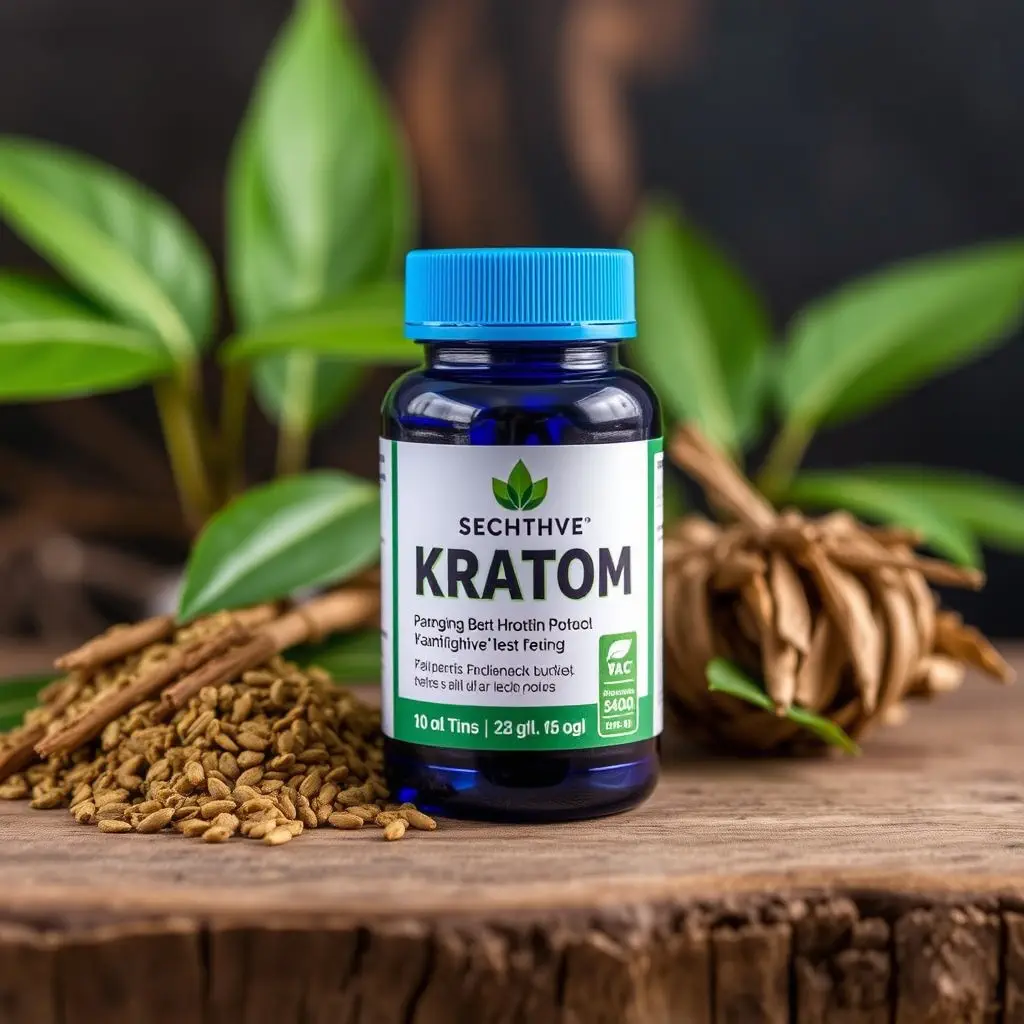Maine classifies Kratom as a Schedule I controlled substance with specific exceptions for research and, under certain conditions, personal use. This dual regulatory approach reflects the state's cautious stance on the substance. Kratom, a plant extract from Southeast Asia, has garnered attention among athletes and fitness enthusiasts in Maine due to its potential analgesic and anti-inflammatory properties, primarily from alkaloids like mitragynine and 7-hydroxymitragynine. It is purported to help with muscle soreness and recovery, which could enhance athletic performance by reducing post-exercise pain and expediting recovery times. However, given its complex legal status and varying regulatory framework, the use of Kratom in Maine should be approached with caution, informed by ongoing safety evaluations. Users are advised to seek medical supervision, adhere to recommended doses from the American Kratom Association (AKA), and ensure they source high-quality products to mitigate health risks. For those incorporating Kratom into their post-workout recovery routine, it should complement a balanced diet, proper hydration, ample rest, consistent exercise regimen, and follow best practices for health and safety to achieve optimal well-being. Always stay informed on the evolving status of Kratom in Maine for safe and responsible use.
Exploring the potential of Maine’s legal kratom landscape, this article delves into its role in enhancing training recovery. By examining the scientific evidence on kratom’s effects on muscle soreness and endurance recovery for athletes, we uncover practical applications for those in Maine. We will guide you through safe dosage practices and integrate kratom into your post-workout routine, ensuring you stay within the state’s legislative framework. Join us as we explore the intersection of natural remedies and athletic performance.
- Understanding Kratom's Role in Training Recovery: An Overview of Maine Kratom Legislation and Usage
- The Science Behind Kratom and Its Impact on Muscle Soreness and Endurance Recovery for Athletes in Maine
- Safe Kratom Dosage and Best Practices for Incorporating It into Your Post-Workout Routine in the Pine Tree State
Understanding Kratom's Role in Training Recovery: An Overview of Maine Kratom Legislation and Usage

Mitigating the demands of intense physical activity is a priority for athletes and fitness enthusiasts alike, and Kratom has emerged as a subject of interest in the realm of training recovery. Derived from the leaves of Mitragyna speciosa trees native to Southeast Asia, Kratom has been traditionally used for its stimulant and sedative properties. In the state of Maine, the legislative stance on Kratom has been nuanced, reflecting a cautious approach to both its availability and regulation. As of the knowledge cutoff in 2023, Maine has not banned Kratom outright but has imposed certain restrictions. Users in Maine must navigate the legal landscape carefully, as Kratom is classified as a Schedule I controlled substance under state law, which means it is legally restricted for personal use but available for research purposes.
For individuals in Maine considering incorporating Kratom into their training recovery routine, it’s crucial to stay informed about the evolving legal status of the substance. Alkaloids present in Kratom, such as mitragynine and 7-hydroxymitragynine, are believed to interact with opioid receptors in the brain, potentially offering analgesic and anti-inflammatory effects that could aid in recovery. However, due to its complex legal standing and potential for interaction with other substances, it’s imperative for users to approach Kratom use responsibly and preferably under the guidance of a healthcare professional. Users should also be aware of the dosage, as effects can vary widely between individuals, and long-term use may carry health risks. Incorporating Kratom into a recovery regimen should be done with caution and in conjunction with a well-rounded approach to fitness and nutrition for optimal results.
The Science Behind Kratom and Its Impact on Muscle Soreness and Endurance Recovery for Athletes in Maine

Kratom, a mitragynine-speciosa plant native to Southeast Asia, has garnered attention in Maine’s athletic communities for its potential effects on muscle soreness and endurance recovery. The science behind kratom involves its interaction with the body’s opioid receptors, which can modulate pain perception and provide analgesic properties. Alkaloids within kratom, particularly mitragynine and 7-hydroxymitragynine, are thought to contribute to these effects, making it a subject of interest for athletes seeking natural alternatives to manage post-exercise discomfort. Studies suggest that kratom may help alleviate muscle soreness caused by intense physical activity, allowing for quicker recovery and improved endurance performance over time.
In Maine’s athletic circles, the use of kratom is increasingly being recognized as a tool to aid in the recovery process. While anecdotal evidence and emerging research indicate that kratom could play a role in reducing muscle soreness and enhancing recovery, it is crucial for athletes to approach its use with caution. The regulatory status of kratom varies, and its efficacy and safety profiles are still under scrutiny by health authorities. Athletes interested in incorporating kratom into their recovery regimen should consult with healthcare professionals and stay informed about the latest research findings and regulatory updates concerning Maine kratom products. This due diligence ensures that athletes can make informed decisions regarding the use of this compound within their training and recovery protocols.
Safe Kratom Dosage and Best Practices for Incorporating It into Your Post-Workout Routine in the Pine Tree State

Incorporating kratom into a post-workout recovery routine in Maine requires careful consideration of safe dosage and adherence to best practices. When exploring kratom as part of your recovery strategy, it’s crucial to understand the appropriate dosages that align with your physiological needs. The American Kratom Association (AKA) recommends starting with a conservative dose, such as 1-2 grams for new users, and gradually titrating up if necessary, never exceeding more than 6 grams within a 5 to 8-hour period. This dosage guideline is particularly relevant for Maine residents looking to harness kratom’s potential benefits for muscle soreness and fatigue associated with physical exertion.
Moreover, it’s essential to source high-quality kratom products from reputable vendors when residing in the Pine Tree State. The consistency and purity of the kratom can significantly influence its efficacy and safety profile. Users in Maine should also be mindful of local regulations regarding kratom use, as its legal status may vary by municipality. To ensure a safe and effective integration of kratom into your post-workout routine, it’s advisable to consult with a healthcare provider who can provide personalized advice based on your individual health profile and fitness goals. Additionally, maintaining proper hydration, nutrition, and rest, alongside regular exercise and consistent kratom intake as guided by a professional, will contribute to a balanced recovery process in Maine’s diverse environments.
In conclusion, the integration of kratom into post-workout routines for athletes in Maine presents a compelling alternative for those seeking natural methods to enhance recovery. With a clear understanding of its role, as outlined in “Understanding Kratom’s Role in Training Recovery: An Overview of Maine Kratom Legislation and Usage,” and backed by scientific evidence detailed in “The Science Behind Kratom and Its Impact on Muscle Soreness and Endurance Recovery for Athletes in Maine,” it’s evident that kratom can be a beneficial tool when used responsibly. “Safe Kratom Dosage and Best Practices for Incorporating It into Your Post-Workout Routine in the Pine Tree State” provides essential guidelines to ensure its effective use within the legal framework established by Maine kratom legislation. Athletes looking to harness kratom’s potential should heed these best practices to optimize their recovery and performance, all while complying with state regulations.






